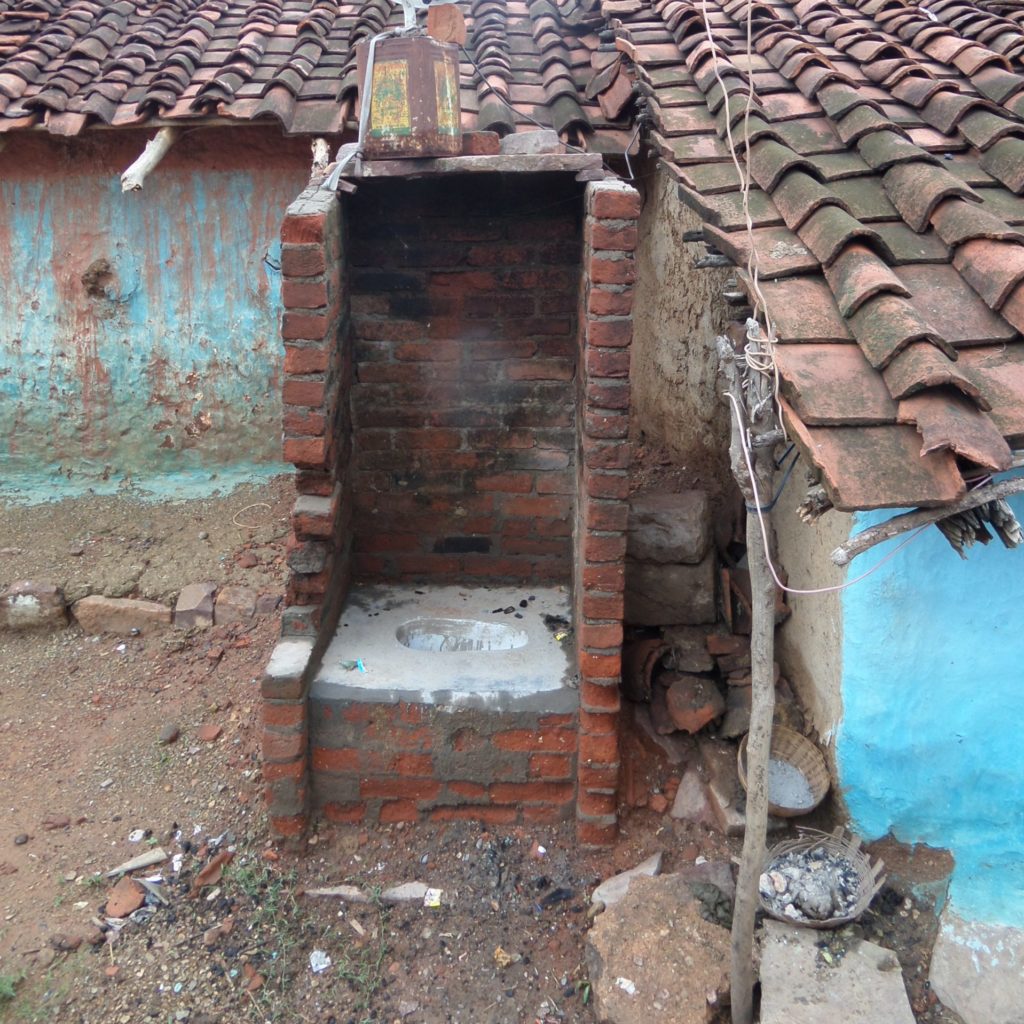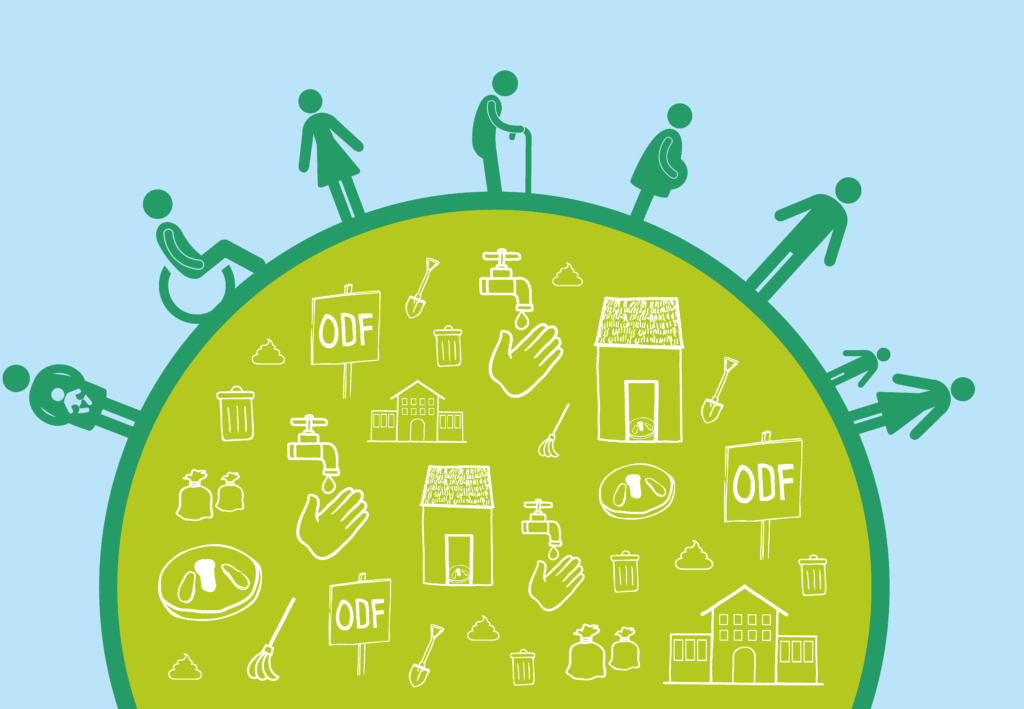Behaviour change is central to effective sanitation and hygiene (S&H) programming. Working with communities and other stakeholders to change beliefs, expectations and habits around S&H, and embedding new social norms have shown to be an effective path to sustained behaviour change. This is not a straightforward process.
Entrenched social attitudes and beliefs can limit toilet use leading to partial usage within a household or community and impact different parts of the sanitation service chain. Habits are hard to break and people must have the tools, skills, services, resources and confidence to practice new behaviours. Understanding and unpacking current practices, attitudes, norms and influencers within a community or society is critical.
The drivers of behaviour and existing social norms will differ, and programmes need to be designed based on a strong context analysis and formative research to understand these in a specific context. Whilst emotional drivers can contribute to behaviour change, the principle of Do No Harm must be observed at all times. There is the risk of behaviour change communications leading to the shaming or harming individuals; inadvertently reinforcing pre-existing social inequity or stereotypes; or stigmatising vulnerable or marginalised groups within a community.
To ensure new S&H behaviours are embedded, and everyone within a community, area, towns, region or country is able to access and use improved S&H, the sector needs to continue identifying and developing imaginative approaches to changing behaviours.
Changing health and hygiene behaviours is notoriously difficult, but the COVID-19 crisis has instilled a new urgency into addressing this. Community Led Total Sanitation has been successful in some contexts which lessons can be drawn. Furthermore, approaches like participatory design, and behaviour-centred design show promise, as do well-designed mass campaigns. Institutional triggering and advocacy are powerful behaviour change tools which can be used for encouraging decision-makers to prioritise S&H and lead area/city-wide efforts to change behaviours and norms.







